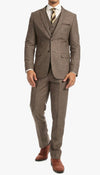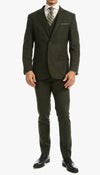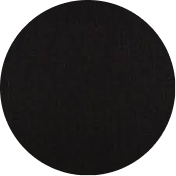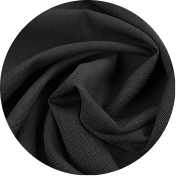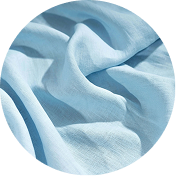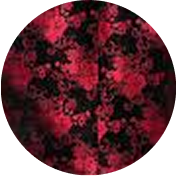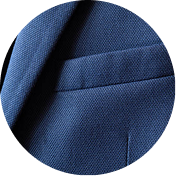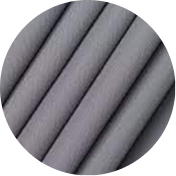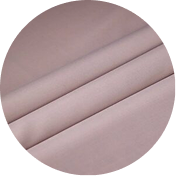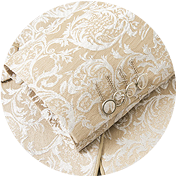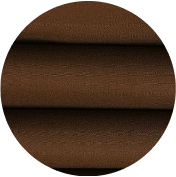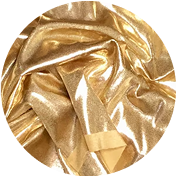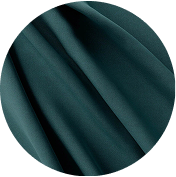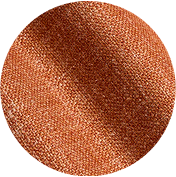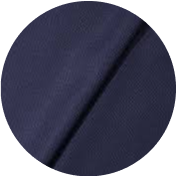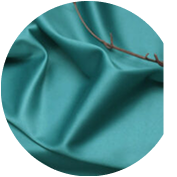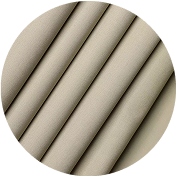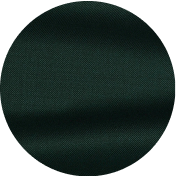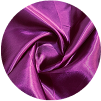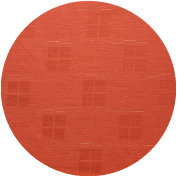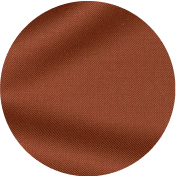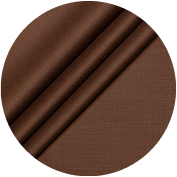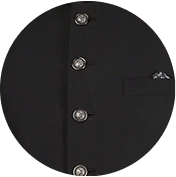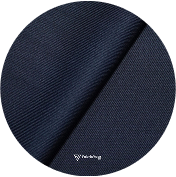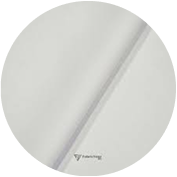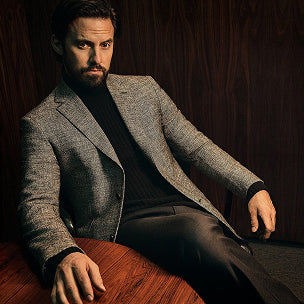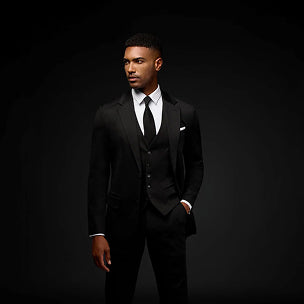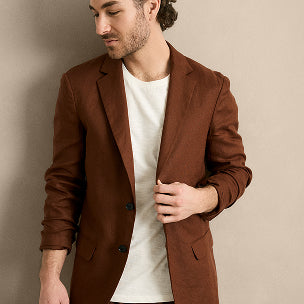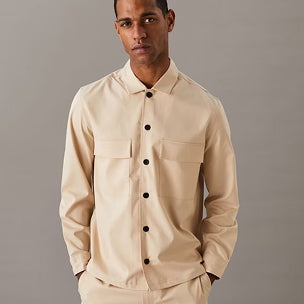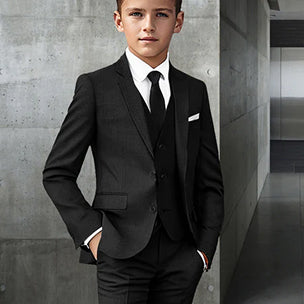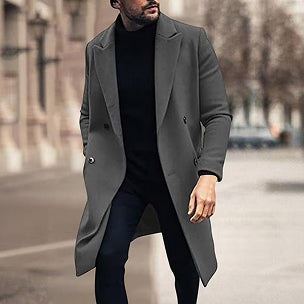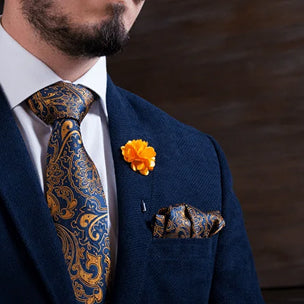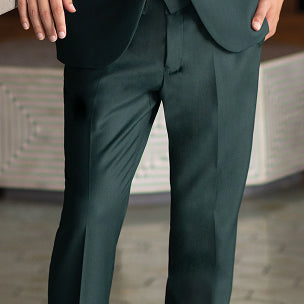Find Your Fit
See our guide to finding the perfect fit
Edwardian Suit
Edwardian Suit on Sale
The Edwardian era, spanning from the late 19th century to the early 20th century, was a time of elegance and refinement in men's fashion. During this period, men's suits and coats underwent a transformation that laid the foundation for the modern suits we see today. In this article, we will delve into the intricate details of 1900s Edwardian men's suits and coats, exploring their styles, fabrics, colors, and accessories. The most iconic style of the Edwardian era was the sack suit. These suits featured long, plain, loose-fitting jackets with wide lapels and a one to three-button high closure. While they bear similarities to modern suits, Edwardian sack suits were longer in length and had a looser fit. They exuded a sense of sophistication and class, making them a staple in men's wardrobes during that time. When it came to fabrics, Edwardian men's suits were predominantly made of wool. However, they often incorporated subtle patterns such as striping, checks, or plaid, adding a touch of flair to the overall look. The color palette for these suits was typically composed of dark navy, grey, green, ivory, and occasionally brown. In the summer months, seersucker fabric gained popularity due to its lightweight and breathable nature. For those seeking a more formal and extravagant attire, the morning suit was the epitome of elegance. Consisting of striped pants, a tailcoat, top hat, and cane, the morning suit was reserved for special occasions and formal events. It exuded a sense of grandeur and sophistication, making it the go-to choice for weddings, horse races, and other prestigious gatherings. Eveningwear during the Edwardian era followed a similar aesthetic, albeit with a black-tie dress code. Men would don tuxedos or dinner jackets, paired with matching trousers and a formal shirt. This formal attire was typically accessorized with a bow tie and a cummerbund, completing the refined and polished look. To complete the authentic Edwardian look, it is essential to pair the suits, vests, and coats with appropriate accessories. Edwardian ties, with their intricate patterns and luxurious fabrics, were a staple accessory. Hats were also an integral part of men's fashion, with bowler hats, fedoras, and top hats being popular choices. When it came to footwear, boots and shoes with a polished and sophisticated design were favored. In conclusion, the 1900s Edwardian men's suits and coats were the epitome of elegance and refinement. The sack suits, with their long and loose-fitting jackets, set the foundation for the modern suits we see today. Fabrics such as wool, with subtle patterns and colors like dark navy and grey, were commonly used. The morning suit and eveningwear added a touch of formality and grandeur to special occasions. To fully embrace the Edwardian style, accessorizing with ties, hats, and polished footwear is crucial. The Edwardian era truly left a lasting impact on men's fashion, and its influence can still be seen in contemporary styles.








Recently Viewed
Interested in trying on Dresses at our Showroom?











